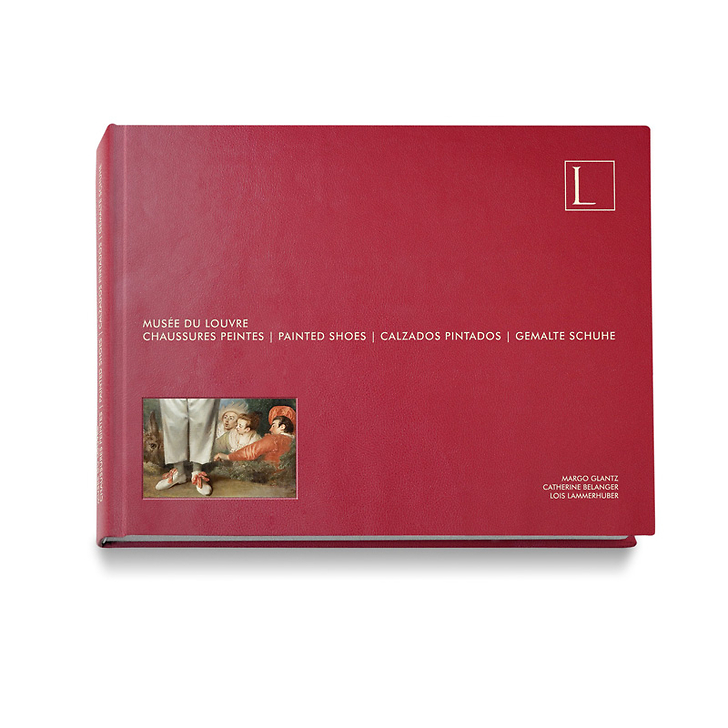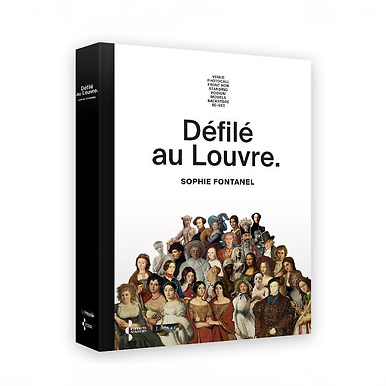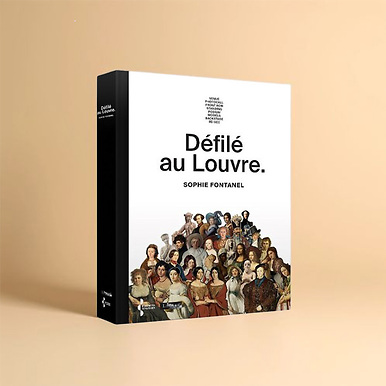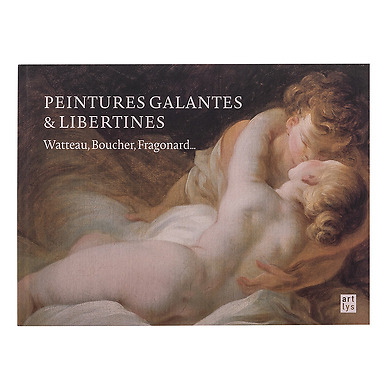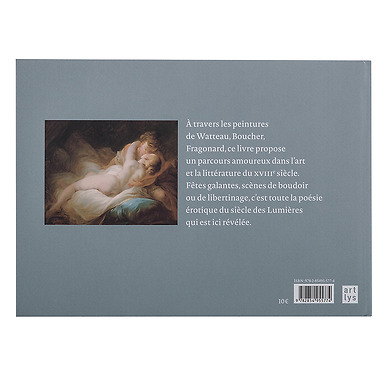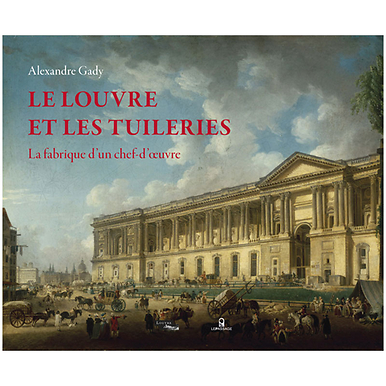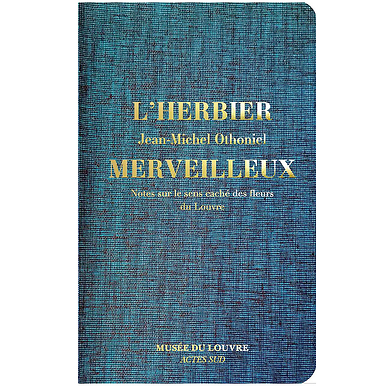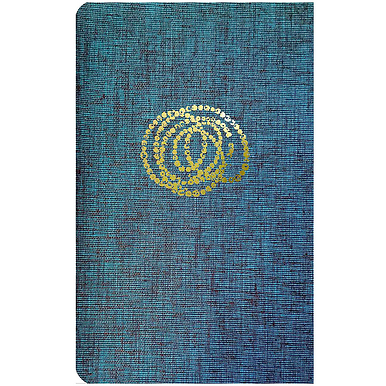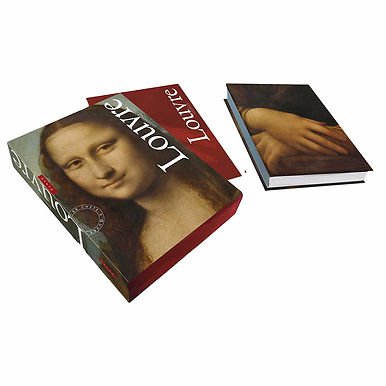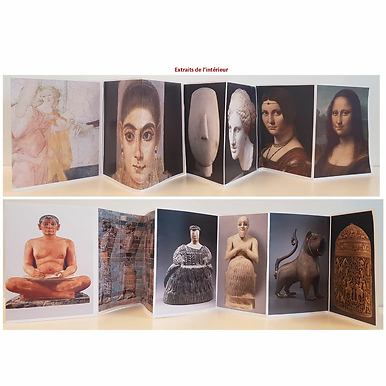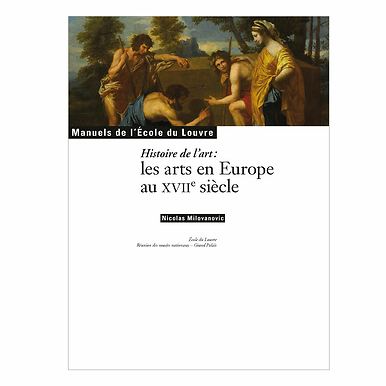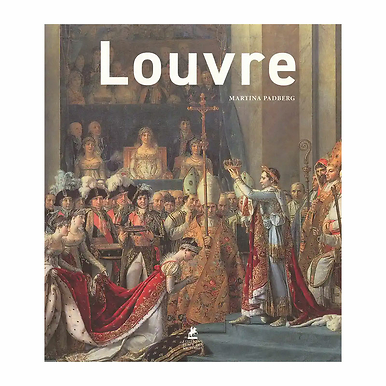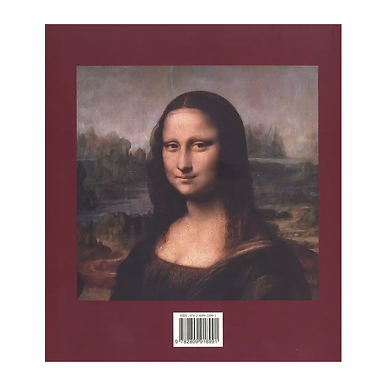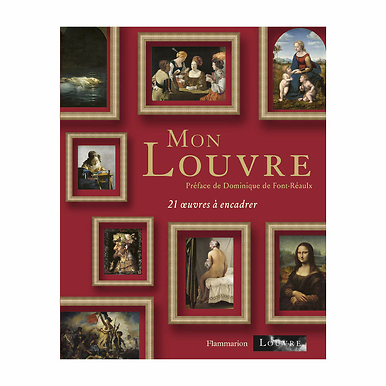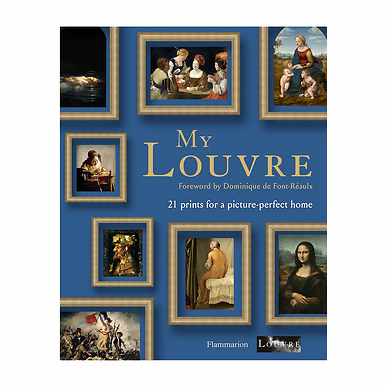Musée du Louvre - Painted shoes
MX563496
Beheaded paintings or the secret archives of shoe design? Through the photos of acclaimed photographer Lois Lammerhuber, shod feet in the Louvre paintings reveal undreamt-of information on people. The details are not only separate works of art, but also studies on centuries of shoe fashion and an excursion...
Read more
Beheaded paintings or the secret archives of shoe design? Through the photos of acclaimed photographer Lois Lammerhuber, shod feet in the Louvre paintings reveal undreamt-of information on people. The details are not only separate works of art, but also studies on centuries of shoe fashion and an excursion into social history.
To the French writer Georges Bataille, the foot - or rather the big toe - is "the most human part of the human body". Almost intimate, Lois Lammerhuber's photos raise the world of feet and shoes to eye level, showing delicate shoes and stout feet; feet lacking shoes and shoes without feet; feet confined and feet embedded in shoes. A crowd of feet may express conviviality or menace. Who wore boots, and who wore sandals? Who walked on high heels, and who wore slippers? Dogs, hems of skirts, stairs, chair legs, tiles, carpets, crutches, and brooms become requisites on the stage set for the shoes. Unease, imperative behaviour and elegance reach from top to toe.
The viewing angle is a special one, not only for art enthusiasts, but also for shoe lovers. Raphael, Goya, or Ingres did not produce or design shoes. They are among the most important artists in the history of art. But they all "recorded" shoes, contributing to a history of shoes and establishing en passant archives of the shoe fashions that bore people's appearance between 1280 and 1863.
In a brilliant discourse, Margo Glantz, art expert and author and an icon of Mexican literary studies, introduces the viewer into unexpected thoughts about painting and shoe design, about the history and sociology of shoes. The book was edited by Catherine Belanger, for many years head of the PR and marketing department of the Louvre.
Close
Sold by GrandPalaisRmn

